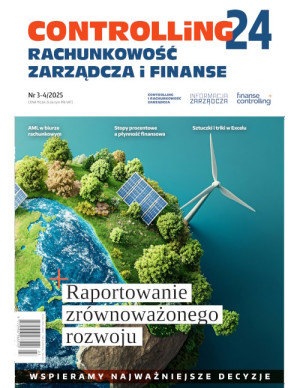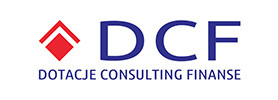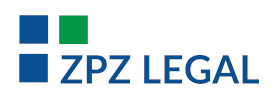In today’s market reality it is essential to make regular investments in order to maintain company competitiveness and to improve its market position. At almost every stage of development, the company needs free financial resources to, for example, purchase a new building or new machines, which will increase the production capacity of the company or to implement an innovative project, which will enable the ompany to gain an advantage over competitors.

However, companies do not always possess sufficient resources, so they have to obtain funds from external sources. A wide range of different financial instruments are available for entrepreneurs. Nevertheless, bank credit remains the most marketable form of external financing for many entities.
Understanding banks
Every commercial bank is an entity, which aims to develop continuously and to maximize profits. This means that banks will avoid financing high-risk investments or investments that are not financially rewarding. The creditworthiness of an applicant is examined in order to assess the possibility of the bank’s engagement in external financing and to stipulate the terms and conditions of the credit granted. The term “creditworthiness” should be understood as the ability to repay incurred liabilities in a timely manner together with the financial costs (interests, commissions, additional payments etc.) related to debt service. Thus,
an entity is credible when its actual and forecasted financial efficiency as well as its financial standing can provide sufficient funding to fully service the debt costs within the agreed timeframe.
Every bank uses its own criteria to verify the creditability of companies, this may be affected by many factors, which is why the assessments of a given company made by different banks may vary. With a view to this wide range of applied measures, it is crucial to find out at the beginning of the borrowing process which data will be required while submitting an application for credit in order to improve the chances of obtaining a loan. If the client wishes to prepare for negotiations with the bank to improve their chances of obtaining credit, then they should try to understand the position of the other party and the way of thinking of the creditor. In a nutshell, everything can be reduced to the concept of risk. When granting credit to a company, the bank has to obtain the maximum possible degree of certainty that the granted financial means will be fully repaid. Obviously, the bank does not lend money for free, which is why credit involves interest, carrying charges and different types of commissions. Improving creditworthiness involves taking measures to minimize the risk involved, which may pose a risk to the timely servicing of debt.
Financial and economic analysis of the applicant
While assessing the creditability of a given entrepreneur, the bank analyses the financial and economic state of the company in order to obtain a broad overview of the potential client. The analysis will be based, inter alia, on historical financial data – banks often use results from the previous 2 or 3 financial years – therefore it should be borne in mind that banks will be more reluctant to grant financial support to new businesses. Many small and medium-sized enterprises in Poland go bankrupt during the first few months of operation, so in order to start negotiations with the bank at all, the company should have been operating on the market for at least one year. When it comes to start-ups, a company, which was created as a special purpose vehicle and is related to other entities with an established market position is more likely to obtain a positive creditworthiness assessment. The longer the history of an activity conducted by a company, the greater the chances of a positive assessment.

Pozostałe 78% artykułu dostępne jest dla zalogowanych użytkowników serwisu.
Jeśli posiadasz aktywną prenumeratę przejdź do LOGOWANIA. Jeśli nie jesteś jeszcze naszym Czytelnikiem wybierz najkorzystniejszy WARIANT PRENUMERATY.
Zaloguj Zamów prenumeratę Kup dostęp do artykułuMożesz zobaczyć ten artykuł, jak i wiele innych w naszym portalu Controlling 24. Wystarczy, że klikniesz tutaj.










